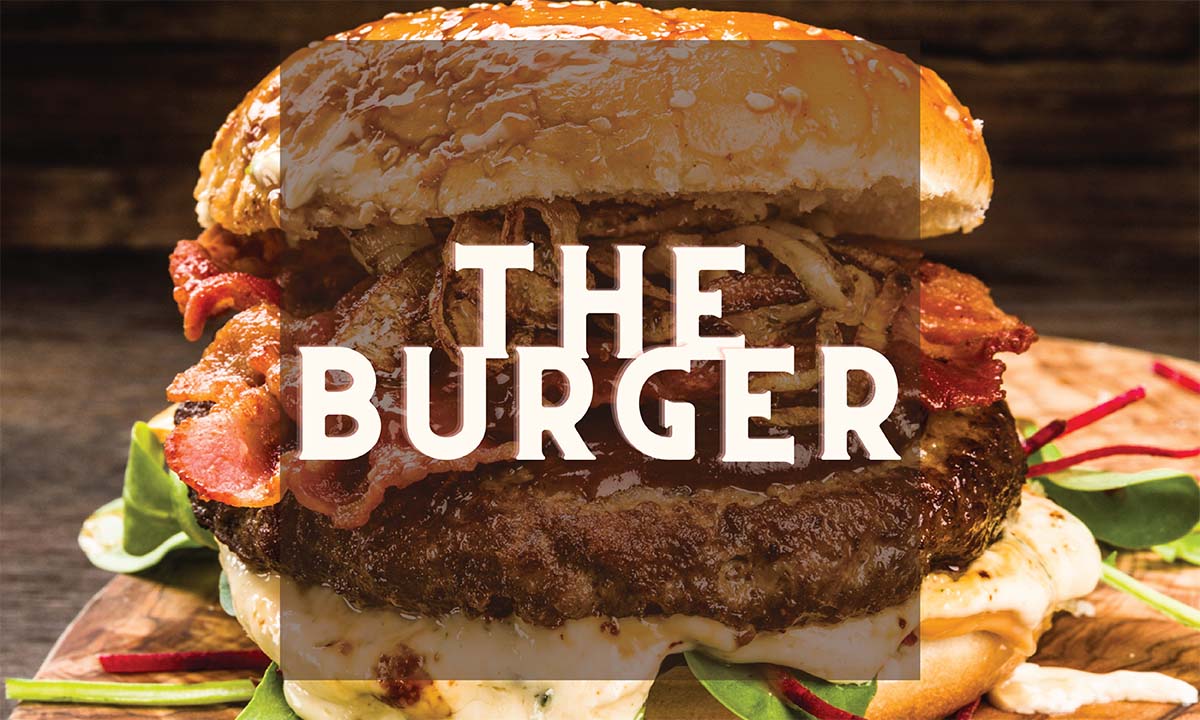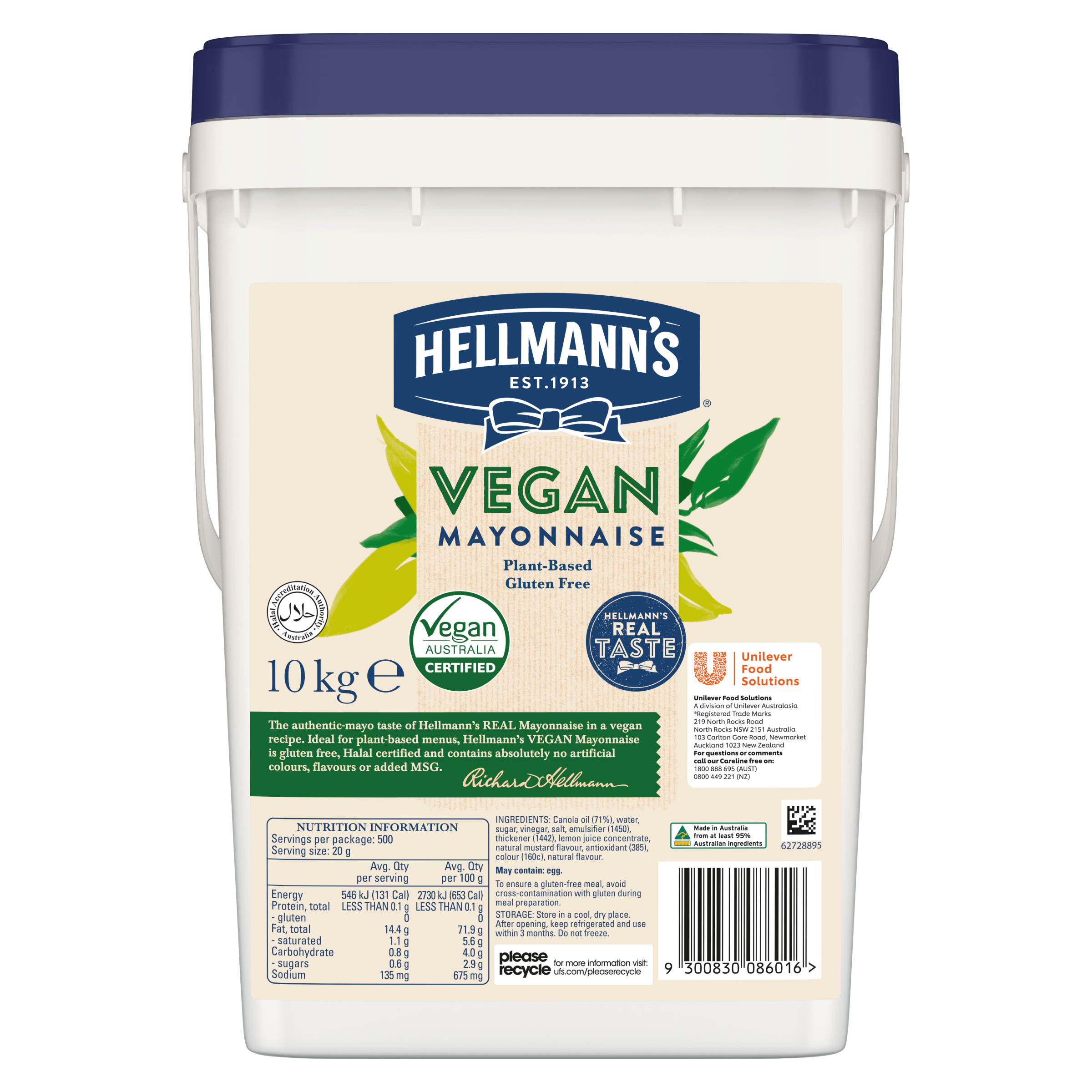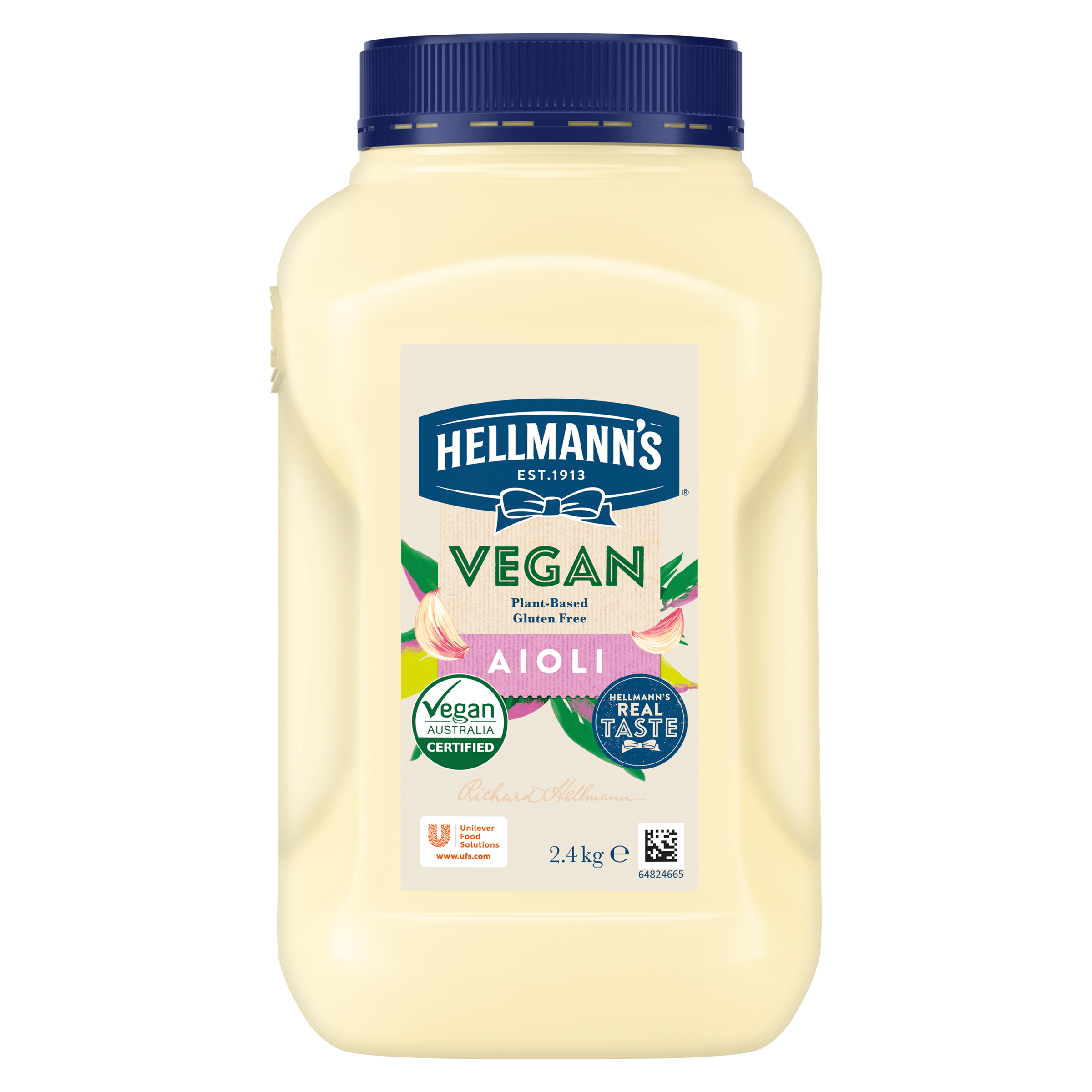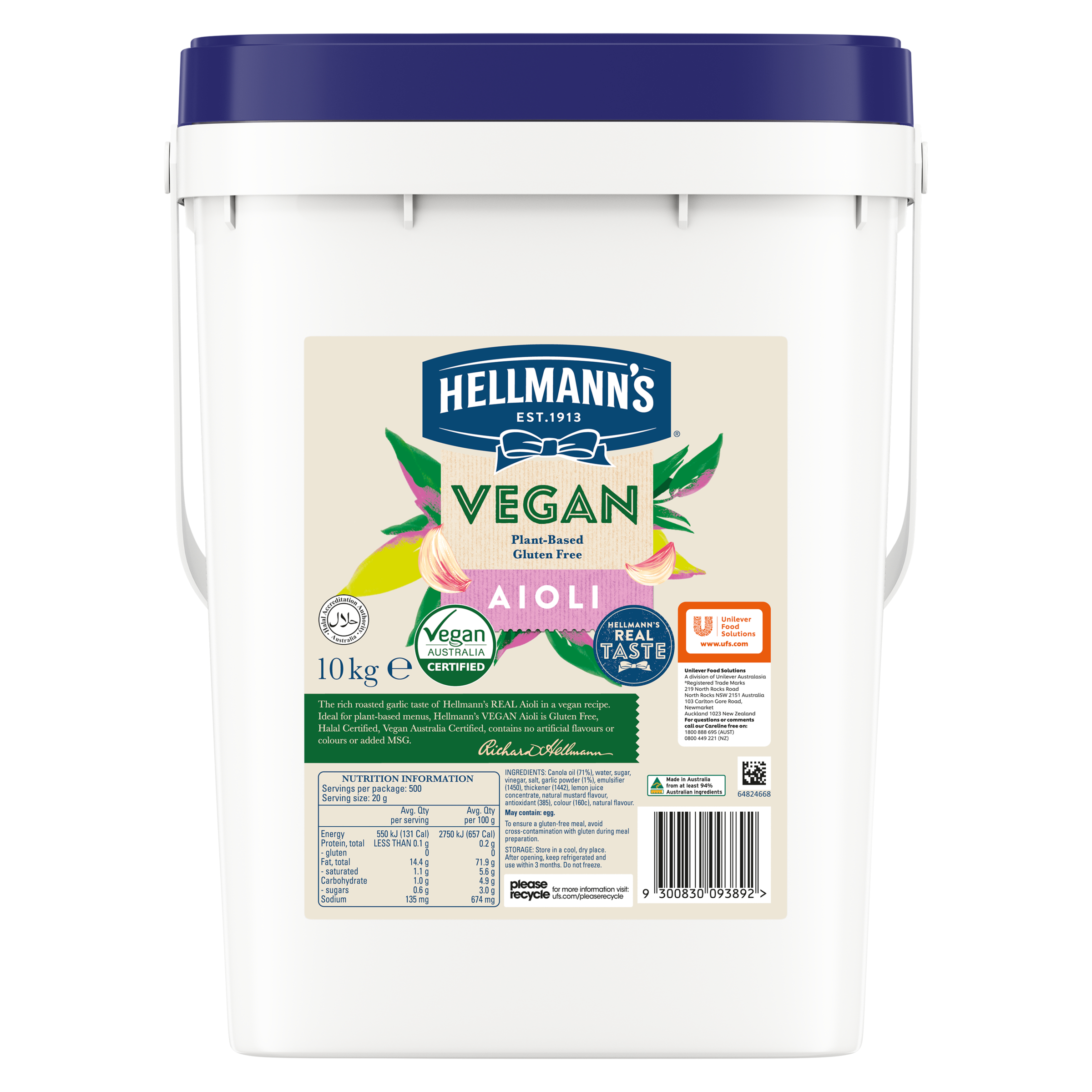Chefs often wish for a crystal ball to help them work out what to serve – and order – to keep their customers happy. Thankfully, the latest Unilever Food Services [UFS] Future Menus 2024 Trend Report has just dropped, breaking down the most popular food trends to help restaurants meet customer demand, while navigating the modern day challenges of hospitality.
With insights from more than 1,600 chefs in 21 countries across the globe, there’s plenty of ‘take out’ for chefs and restaurant owners seeking more sustainable and profitable operations.
“The foodservice industry is constantly evolving, with changing consumer tastes and unprecedented challenges like staffing shortages and rising costs,” says Andrew Ballard, Executive Chef at UFS in Australia and New Zealand. “This trend report gives them the tools and insights they need to stay ahead of the curve and create dishes that resonate with today’s diners.”
Here’s some of the key highlights you can adopt in your own kitchen to keep you ahead of the curve.
1. Make friends with food waste
As produce costs rise, successful chefs are getting increasingly creative when it comes to using offcuts to maximise their kitchen output. “Anything that you don’t throw into the bin is going to translate to dollars on the plate,” says Brandon Collins, chef for Unilever Food Services North America. “Utilising would-be waste provides excitement for customers and also forces us chefs to be more creative and adventurous.”
Adding stalks and stems to soups or pickles is a great ‘upcycling’ starting place. “Look at what you throw in the bin or what you traditionally remove from an item and ask yourself if you actually have to remove it,” Collins suggests. “Cores of cauliflower, broccoli stems, mundane things that we often throw out can be turned into soups. Or perhaps take those stems and slice and pickle them.”
2. Re-imagine comfort food
Re-think your culinary classics to appeal to your customers’ sense of nostalgia. “For me, comfort foods are as much about taste as they are about tapping into a sense of nostalgia, giving both cook and diner a deeper connection to the dish,” says Darren Robertson, co-owner and chef at Three Blue Ducks. “Australia and New Zealand have a rich and incredibly diverse foodie culture, and I’m a massive fan of recreating classic dishes and showcasing locally grown ingredients that we know and love.”
Ballard says there are plenty of Australian restaurants and pubs doing a great job of this trend.
“Luke’s Kitchen by Luke Mangan located at Kimpton Margot Hotel is a great example of ‘comfort food, modernised’. The menu weaves in European techniques with finest Australian produce, for dishes that exude sophisticated fun – it’s sophisticated yet unpretentious,” he says.
“At Stanley in Brisbane, chef Tikaram expresses himself through comfort dishes with fresh twists, like chilli vinegar-infused fried eggplant with ginger, barbequed free-range crispy pork belly with hoisin and English mustard, and cumin-spiced lamb ribs with chilli, sesame and lime.”
3. Tell great food stories
As Gen Z graduates university with unprecedented digital smarts, they’re turning to TikTok and Instagram for food direction. Not only wanting to share their experiences at an “it” foodie location with their followers, they want to know the story behind the food, flocking to social media stories from chefs that tell them more about what they’re eating or surprising them with what’s served up. “Operators aim to differentiate their menus with unique flavour combinations and interactive dining experiences,” says chef Joanna Limonanco-Gendrano. “This is especially challenging when creating plant-forward dishes for a market that predominantly prefers meat.”
With ‘next level condiments’ being one of the fastest growing Google search topics, an easy way to appeal to forward thinking foodies is to up your sauce game. Think: putting a Mexican salsa poblana on a burger, pasta or chicken dish.
4. Be a local legend
With 77 percent of Gen-Zers and 70 percent of Baby Boomers willing to pay more for locally sourced food, restaurants and cafes ought to publicise your use of local produce.
Get to know your local growers, hero native ingredients and adapt your menu to suit the seasons – you’ll not only have a more sustainable practice, but you’ll get kudos from discerning customers who want to know their sustainability efforts are in the bag.
It won’t always mean the cheapest carrots, so Patrick Chan, CEO of Singapore’s Kitchen Haus Group, says you need to help your customers understand why sourcing local matters. “You have to accept that local vegetables will be more expensive, but you need to upsell them to end customers,” he says.
5. Go for quality not quantity
This trend of “healthy choices” is evolving with new ingredients, bigger uses of legumes and vegetables, and new cooking methods, urging chefs to innovate and create dishes that are not only nutritious and good for well-being but also visually appealing and delicious. Understanding nutrition and overall wellness is essential.
“It can be as simple as applying a new twist on a traditional and well-loved dish with nutritious techniques applied to the ingredients like, for example, fermenting.”
– Thaís Gimenez
UFS Executive Chef, Brazil
6. Amplify your veggie offering
If there’s one thing chefs ought to invest time and creativity into this year, it’s fresh veggie ideas. Forty two percent of diners now class themselves as “flexitarian” and half of all chefs see vegetable dishes as a great way to diversify their menus. offering a brilliant opportunity for chefs to experiment with cost-effective plant-based dishes. At the same time, diners are seeking low-waste menus and plant-powered proteins rich in beans, pulses, legumes and vegetables.
Ready to make some menu changes?
Ballard suggests avoiding overwhelm by taking small steps towards an on-trend menu.
“Make some simple on-trend twists to your current dishes using a few modern cooking techniques and see how your customer base responds, then tweak and build on,” he suggests.
“Ultimately, know your target audience, why they come to your venue, and trust your gut. It’s about selecting the trends that make the most sense for your business.”
For more on these food trends, as well as menu ideas, new cooking techniques and advice from chefs all over the world, read the full Unilever Food Solutions Report.





























































































